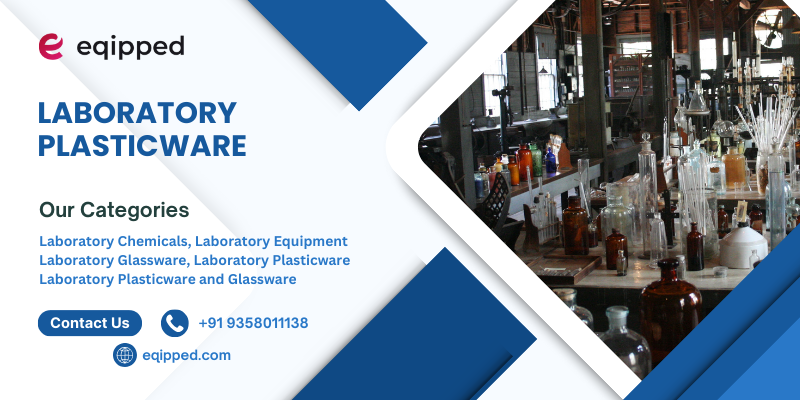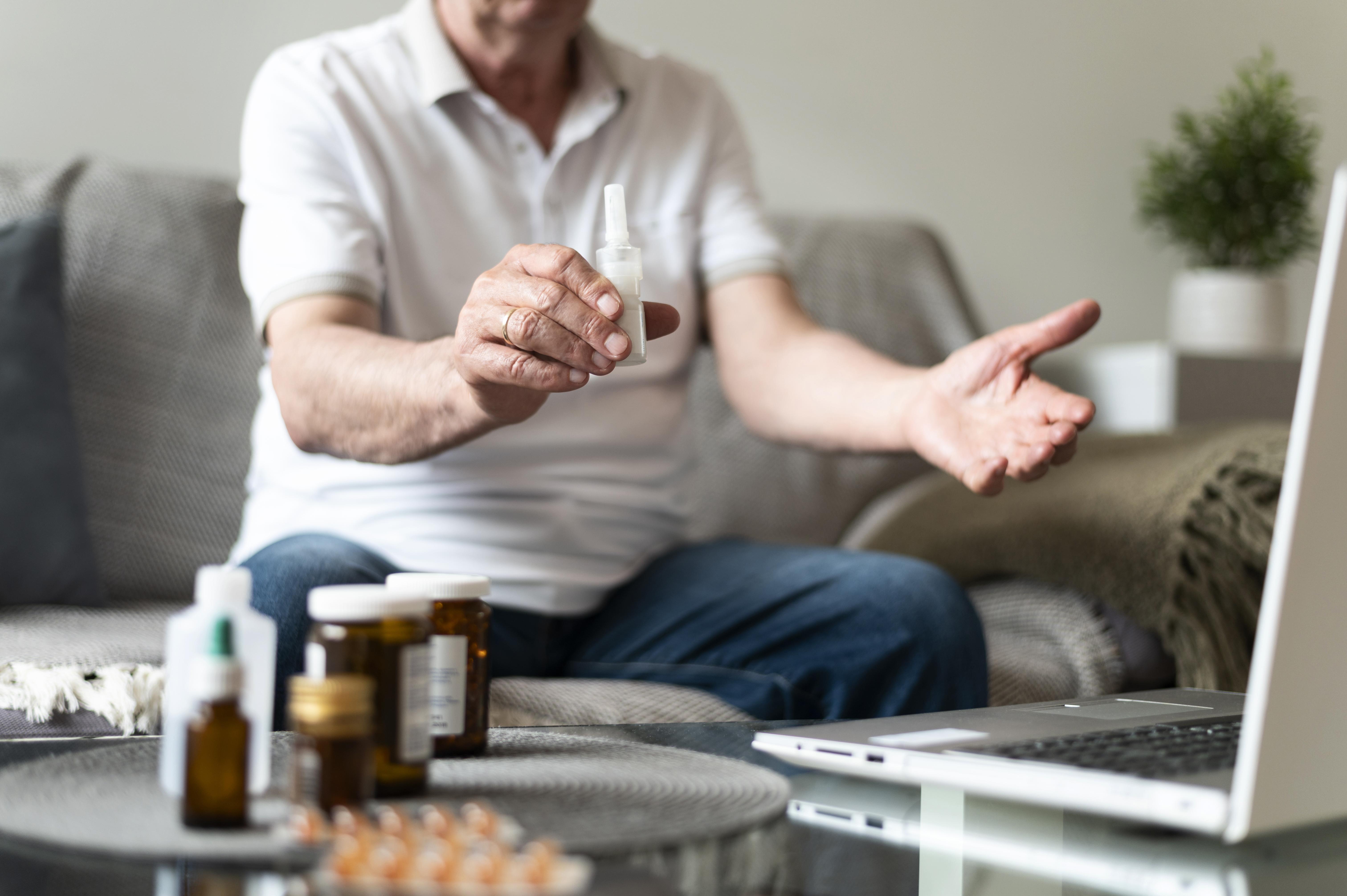Laboratory Plasticware: A Complete Guide for Modern Laboratories

Laboratories are at the heart of scientific discovery, innovation, and education. From academic institutions to pharmaceutical industries, the efficiency of experiments depends heavily on the tools and equipment used. One of the most widely adopted categories of laboratory equipment today is laboratory plasticware.
Although glassware has traditionally dominated labs for decades, plasticware has gained significant popularity in recent years. Its safety, versatility, and affordability make it an essential part of modern scientific work. This comprehensive guide explores what laboratory plasticware is, why it is important, the types available, and how to choose the right products for your laboratory needs.
Understanding Laboratory Plasticware
Laboratory plasticware includes all lab tools and containers made of specialized plastics such as polypropylene (PP), polyethylene (PE), polycarbonate (PC), and polystyrene (PS). These plastics are designed to withstand demanding laboratory environments, including exposure to chemicals, sterilization processes, and routine handling.
Plasticware covers a wide range of products, from simple measuring cylinders and beakers to advanced consumables like centrifuge tubes, microtubes, and Petri dishes. With its widespread application in biology, chemistry, medicine, and environmental science, it has become indispensable in almost every lab.
Why Plasticware is Vital in Laboratories
There are several reasons behind the rising demand for laboratory plasticware:
1. Safety First
Unlike glassware, plasticware does not shatter into sharp fragments upon breaking. This makes it a safer choice for busy labs, especially where students or new researchers are working.
2. Affordable and Accessible
Plasticware is relatively inexpensive compared to glassware. Laboratories can purchase them in bulk, making it cost-effective for large institutions and teaching environments.
3. Lightweight and Portable
Handling large amounts of glassware can be tiring and risky. Plasticware is much lighter, which makes it easier to carry and store, particularly in mobile or temporary laboratories.
4. Chemical Resistance
Many types of plastics are resistant to acids, alkalis, and organic solvents. This ensures durability and reliability when dealing with different types of chemicals.
5. Variety and Customization
Plasticware is available in a wide range of designs and sizes. Many items are disposable, sterile, and designed for single use, while others are autoclavable and suitable for long-term applications.
Types of Laboratory Plasticware
Laboratory plasticware is diverse, serving multiple functions in experimental procedures. Here are some of the most common types:
1. Beakers and Measuring Cylinders
Used for mixing, storing, and measuring liquids. Plastic versions are lightweight and resistant to minor impacts, making them perfect for teaching labs.
2. Test Tubes and Centrifuge Tubes
These tubes are used for heating, storing, or centrifuging samples. Conical centrifuge tubes, in particular, are widely used in microbiology and biotechnology for precise experiments.
3. Pipettes and Pipette Tips
Essential for accurate transfer of liquids. Disposable pipette tips are a standard in molecular biology labs to prevent cross-contamination.
4. Petri Dishes
Plastic Petri dishes are commonly used in microbiological studies to culture bacteria, fungi, and other microorganisms. Most are disposable and sterile.
5. Flasks
Plastic conical flasks, volumetric flasks, and Erlenmeyer flasks are used for titration, solution preparation, and general mixing.
6. Funnels
Plastic funnels are suitable for transferring both liquids and powders. They are lightweight and resistant to many chemicals.
7. Reagent Bottles
High-density plastic bottles are commonly used for storing reagents, acids, and solvents safely.
8. Racks and Stands
Tube racks, pipette stands, and bottle holders made of plastic help maintain organization within the laboratory.
Applications of Laboratory Plasticware
The versatility of laboratory plasticware means it is used across different scientific disciplines.
Education and Training – Schools and colleges prefer plasticware because it is safe for students and cost-effective for institutions.
Medical and Clinical Laboratories – Plastic consumables like centrifuge tubes and sample bottles are used daily in diagnostic labs. Their sterility helps prevent contamination.
Biotechnology and Life Sciences – Research labs rely heavily on sterile plasticware such as microcentrifuge tubes, Petri dishes, and pipette tips for DNA, RNA, and protein studies.
Chemical Industry – Plastic containers and bottles are used for storage and sampling of different chemicals.
Food and Environmental Testing – Plasticware plays a key role in testing food quality and monitoring environmental samples like water and soil.
Choosing the Right Laboratory Plasticware
When selecting laboratory plasticware, the following factors should be carefully considered:
Material – Polypropylene (PP) and polyethylene (PE) are excellent for general laboratory use, while polycarbonate (PC) offers higher durability.
Autoclavability – If you need reusable plasticware, ensure it can withstand autoclaving without losing shape or function.
Sterility – Disposable items must be sterile for sensitive experiments.
Chemical Compatibility – Always check whether the plastic material can resist the chemicals you will use it with.
Measurement Accuracy – For cylinders, pipettes, and volumetric flasks, precision calibration is critical.
Supplier Reliability – Choose a trusted supplier to ensure you get quality-tested and durable products.
Advantages of Plasticware Over Glassware
While both glassware and plasticware have their place, plasticware offers several distinct advantages:
No breakage risks
Cheaper and easier to replace
Available in disposable formats
Better suited for sterile applications
Lightweight and easier to transport
That said, glassware is still irreplaceable for certain tasks such as high-temperature reactions and highly precise volumetric measurements. Most laboratories today maintain a balanced mix of both.
Challenges and Future of Laboratory Plasticware
Although laboratory plasticware provides numerous benefits, it also brings challenges. Plastic waste from disposable laboratory items has raised environmental concerns. With increased focus on sustainability, manufacturers are developing biodegradable and recyclable plasticware options.
The future will likely see a rise in eco-friendly plasticware that combines the convenience of current products with reduced environmental impact. Innovations in polymer science are expected to create plastics that are stronger, more chemically resistant, and better suited for advanced laboratory requirements.
Final Thoughts
Laboratory plasticware has transformed the way modern laboratories operate. It offers a perfect balance of safety, cost-efficiency, and versatility, making it indispensable in education, research, medicine, and industry. From simple beakers and funnels to advanced consumables like centrifuge tubes and Petri dishes, plasticware ensures that laboratory processes remain efficient, safe, and accurate.
As technology advances, laboratories will continue to rely on plasticware while also seeking sustainable solutions to minimize waste. By choosing the right products and suppliers, laboratories can achieve precision, safety, and reliability in every experiment.
In conclusion, laboratory plasticware is not just an alternative to glassware—it is a cornerstone of modern science.





